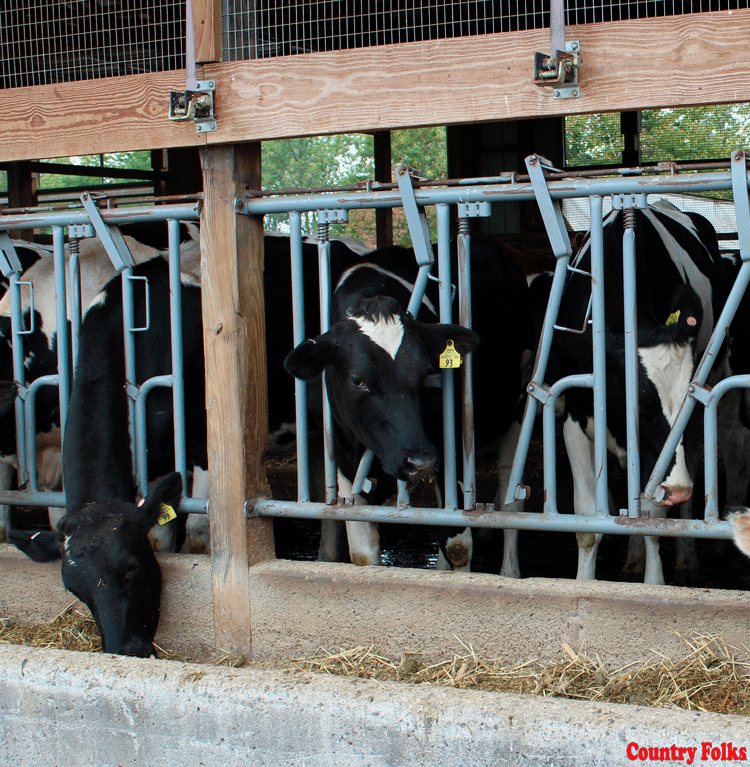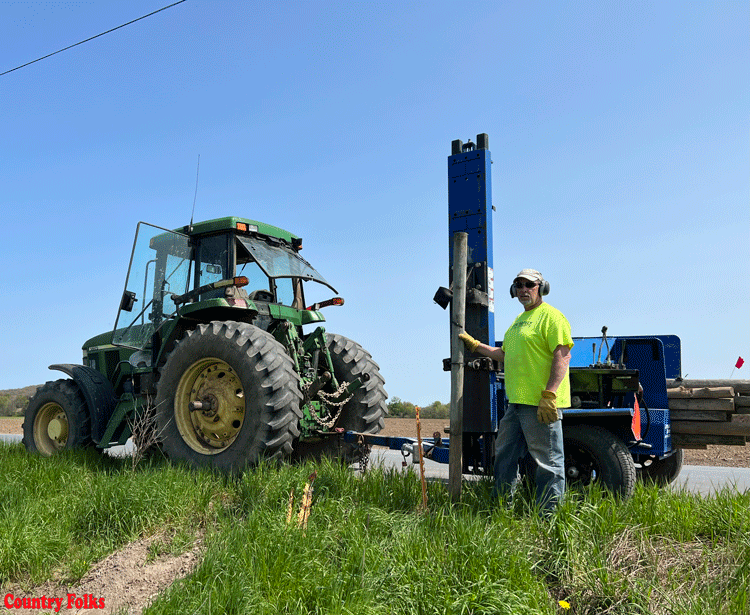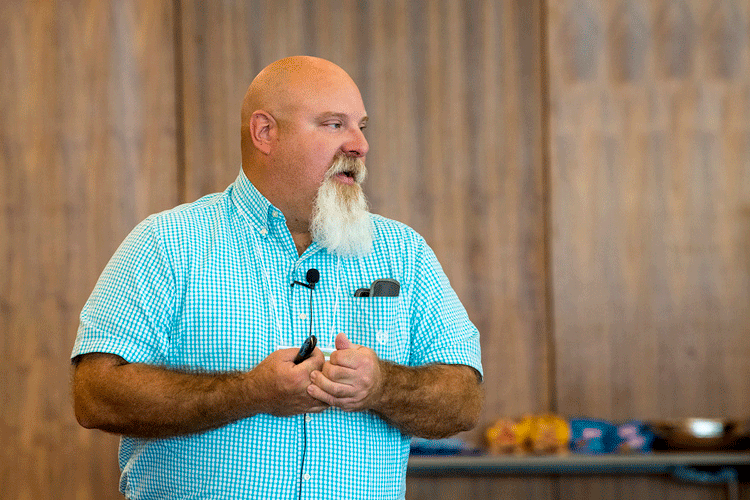 by Sally Colby
by Sally Colby
When PEDv, or porcine epidemic diarrhea virus, first made the news, industry officials were quick to act. However, since experts had almost no experience in dealing with the disease, there was a lot of groundwork to cover before organizations could provide sound information to producers.
PEDv was first identified in England in 2013, and spread throughout Europe and Asia before being confirmed in the Midwest in spring of 2013. Since then, the disease has been confirmed in 30 states.
Like several other viruses that affect swine, PEDv is a coronavirus, and the initial clinical signs are similar to that of transmissible gastroenteritis (TGE). To complicate matters for farms and veterinary diagnosticians, another coronavirus, swine deltacoronavirus (SDCv) has been identified in swine herds. Clinical signs for these three diseases are very similar, which makes diagnosis challenging. Although a farmer or veterinarian can strongly suspect the presence of TGE, PEDv or SDCv, positive diagnosis can be made only in the laboratory through PCR (polymerase chain reaction).
Clinical signs among nursery pigs, feeders and finishers can vary, so it’s important to obtain a definitive diagnosis to prevent the spread of disease. “If you have off-feed pigs that scour for even a day or two, get a veterinarian to check them,” said National Pork Board veterinarian Dr. Paul Sundberg. “Virus shedding in infected pigs can be long as 21 days and possibly longer. We expected shedding for a certain amount of time, but it could be longer. You don’t need to have the whole herd shedding — an individual pig can be shedding and cause problems.”
Sundberg says that working groups comprised of virologists, biosecurity experts and other industry experts are delving into critical topics including how to keep the virus off the farm, biocontainment for affected farms and biosecurity for packing plants. “The best way for us to understand this disease is to do everything we can do to track it, know where the infections are and what’s happening,” he said. “There has to be veterinarian involvement and diagnostic lab involvement.”
Transportation is likely the primary way that the virus moves from one farm to another. “People, trucks, materials — anything that’s moving, moves this virus,” said Sundberg. “There’s a direct correlation between activity on and off a farm and the risk of infection.”
As with any disease outbreak, biosecurity is one of the best management tools for producers of any size. Although the potential for disallowing market hog shows for the 2014 season is a possibility, both sellers and buyers should always practice proper biosecurity for such events.
“Anything that you bring back from a show or sale should be cleaned and disinfected before it goes onto your farm,” said Sundberg. “Isolate any pigs that come back and watch for clinical signs. Do chores for those pigs last, and don’t go to any other pigs. Plan so you do chores from youngest to oldest — last should be any pigs that are in isolation. That way you won’t track anything from the isolation pigs to others. Keep pigs in isolation for 30 days and get your vet involved to monitor and test any pigs that scour.”
Dr. Lisa Becton, DVM, director of swine health information and research for the National Pork Board, says that one of the complicating factors in working with PEDv is that when it was first identified, it was a new virus for the United States. “Back in June of 2013, we needed to understand the basics behind the disease,” she said, explaining the initial research focus. “What does the virus do to the pig, how long does it survive in the pig, how long does it shed, is it viremic? We didn’t know the environmental stability — does it survive on wooden or metal surfaces? We also had to look at how it was transmitted, was it associated with a particular risk factor, and where and how was it moving.”
Although some of the early questions are still being explored, research priorities for 2014 include validation of new diagnostic tests, improved surveillance to monitor changes in the virus, tracking virus transmission and assessment of disinfectants. “The board has approved an additional $650,000 for PEDv research and communications effort,” said Becton, adding that feed and feed ingredients are potentially a link to PED transmission. “On March 19, the feed community gathered to discuss what the feed priorities should be. Where are the risks, and how do we mitigate risks?” Becton says feed research will focus on examining points of feedstuff risk, including potential vectors (birds) or fomites, and developing best manufacturing practices to prevent feed contamination with PEDc/SDCv.
Those who raise pigs outdoors/on pasture should be especially vigilant since there are still many unknowns about how the disease is spread. Although wildlife biologists don’t yet know if the feral hog population is a source of PEDv, serum from wild hogs will be tested to determine if those hogs are a disease source.
The USDA recently announced that PEDv and SCDv are now monitored, reportable diseases. Farm identities and locations will be entered into a database, which should help track the spread of the disease and provide additional information for researchers. Pig producers who are questioned about the safety of pork should stress the fact that there is no danger in consuming pork products.
A map that shows states with reported cases of PEDv is available at www.aasv.org. The same site is an excellent source for biosecurity measures. The www.pork.org website includes information on ongoing research and biosecurity.











Leave A Comment